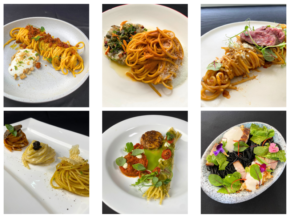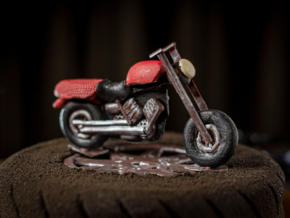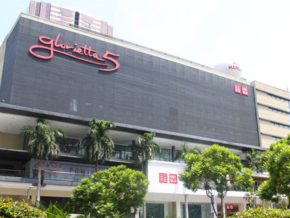Guide: 7 more must-see tourist spots in Manila
There’s no place like Manila. Each corner and street of this expansive and energetic metropolis—comprised of 16 cities and one municipality—tend to come with their own unique stories and characters. Manila is also a hodgepodge of modern attractions and rich history, as evidenced by its many churches, museums, parks, malls, and other tourist spots. For those looking to catch a glimpse of its colorful past, here’s another list of go-to places you should visit in this wonderful city.
Intramuros
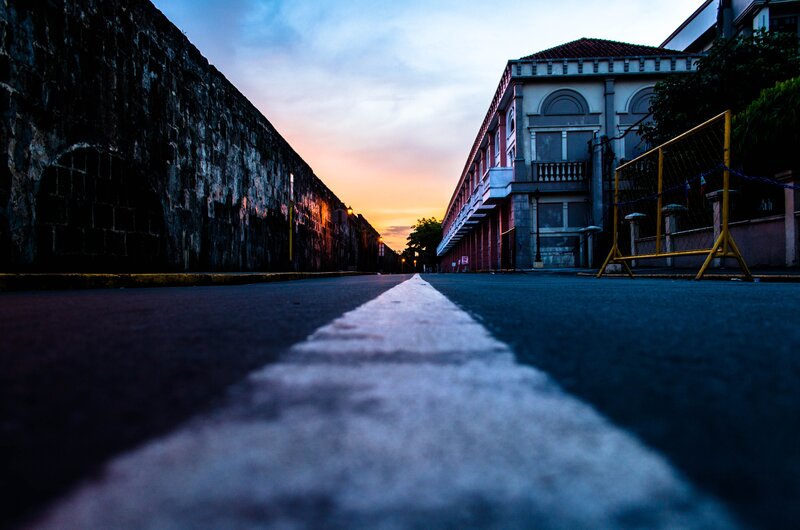 IMAGE from Pexels
IMAGE from Pexels
Also known as the “Walled City,” this 64-hectare stone citadel, established by the Spanish in 1571, is the oldest district in the country. Historically, Intramuros was the seat of the Spanish government when they colonized the country. It has survived wars, natural disasters, and waves of colonial invaders, as evidenced by its original wall structure and gates. Here, you’ll find a host of other attractions such as museums and old buildings. In fact, walking along the streets of Intramuros will make one feel like they’re back in time, as they find yourself in the midst of old historical structures which are still in place.
Divisoria Market
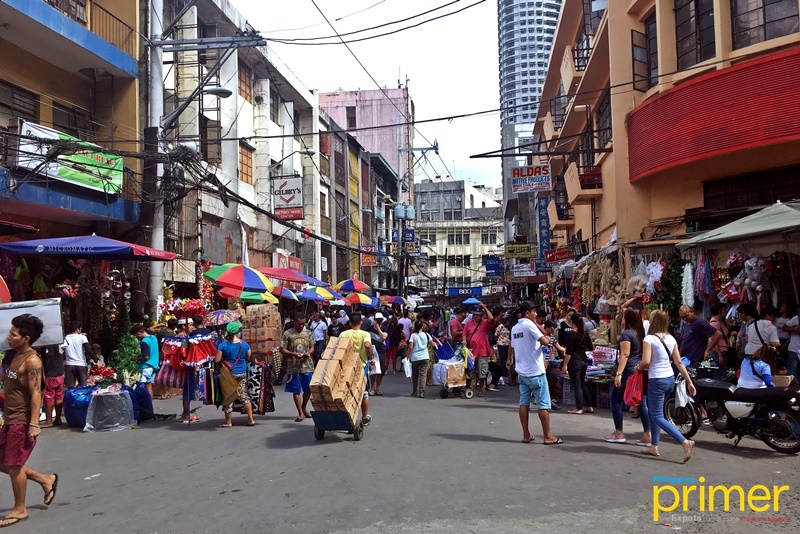
Located in the middle of Chinatown, Divisoria Market is a popular flea market known for its countless street stalls and shops that sell just about anything: clothes, bags, accessories, electronics, office supplies, fresh produce, and toys. You name it, Divisoria has it! You’ll also see a lot of imitations products, but if you keep your eyes peeled, you’ll see really, really good finds here. Aside from cheap merchandise, this is popular for its delicious, yet affordable street food. There are numerous eateries and food stalls selling Filipino and Chinese favorities that you can sample without burning a hole in your pocket.
National Museum
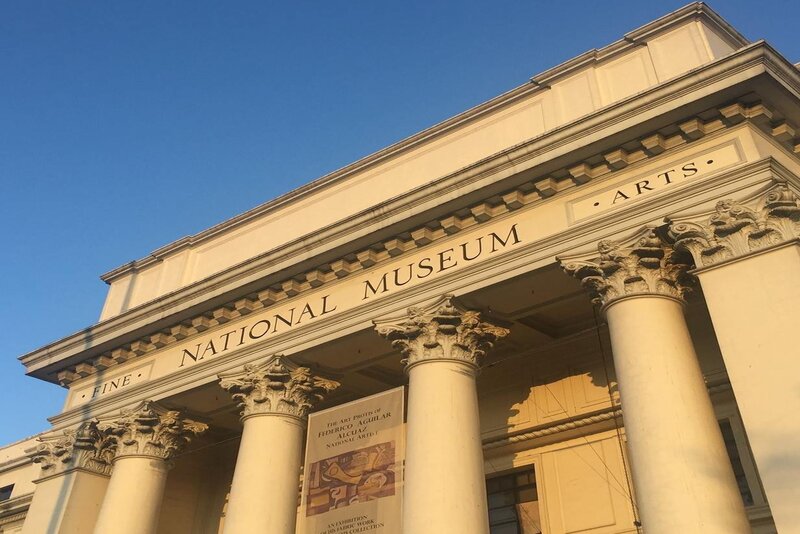 IMAGE from Philippine Primer
IMAGE from Philippine Primer
To know more about rich history of the country, the National Museum of the Philippines is one of the best places to visit. The museum has four main complexes and houses an extensive collection and priceless artifacts relating to visual arts, archaeology, anthropology, and natural history. Its galleries offer a sense of place, telling the cultural story beyond what you will find on your own visiting the Manila’s historical sites. It also conducts exhibitions and workshops that are popular among students and history buffs.
Malacañan Museum
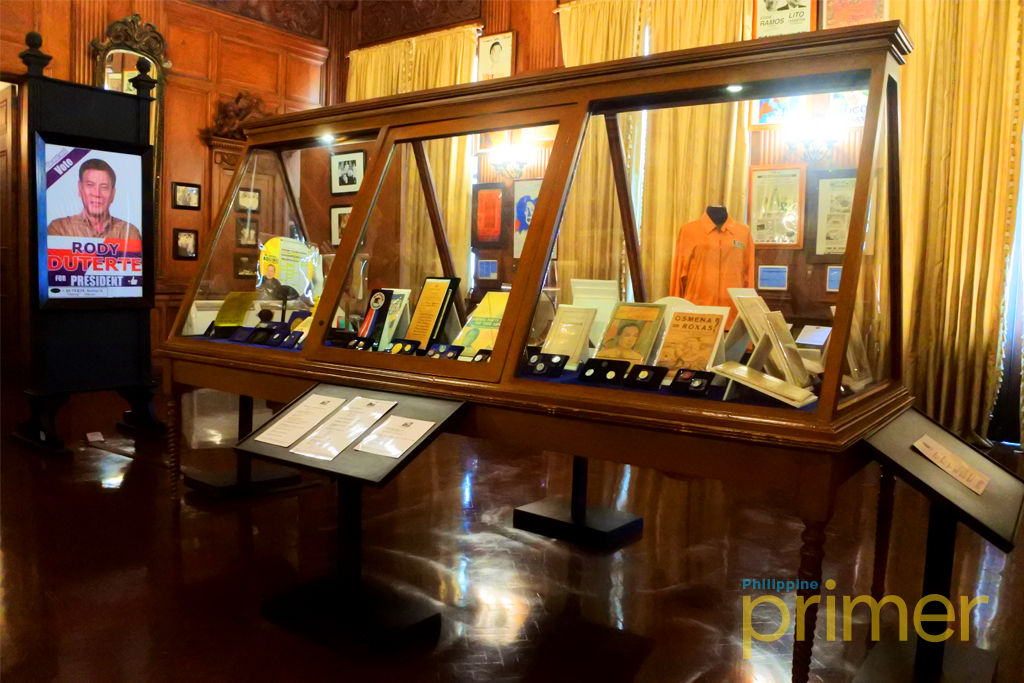
Housed in Kalayaan Hall, the Presidential Museum & Library gives its visitors a glimpse of the history and heritage of the presidency, as well as a small peek into where the President lives. Its galleries, split between individual rooms within Kalayaan Hall, trace the evolution of the Palace from being a mere summer rest house to the seat of power it is today. Featuring high ceilings, shining floors, elaborate chandeliers, capiz windows, and wooden panelling, the museum is done up tastefully in colonial architecture and attracts regular tourists and history buffs alike.
National Museum of Fine Arts
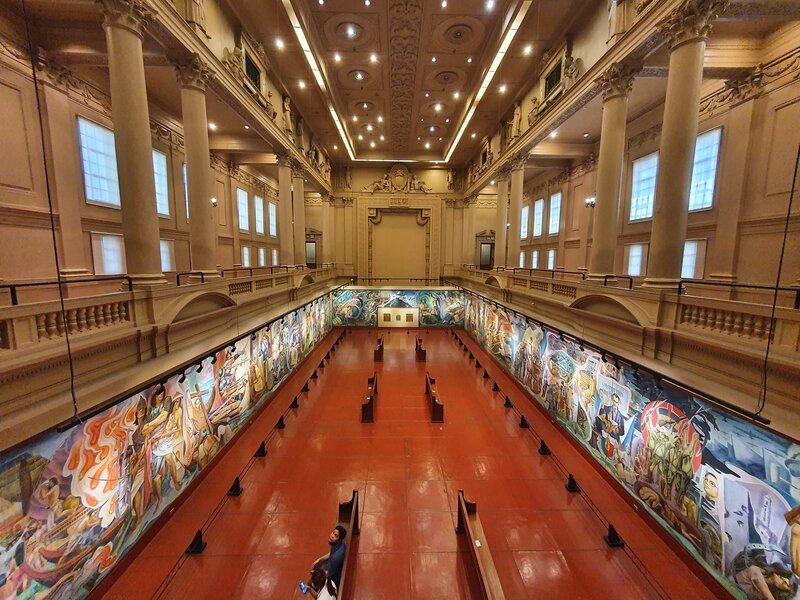 IMAGE from National Museum of Fine Arts Facebook page
IMAGE from National Museum of Fine Arts Facebook page
Located across the National Museum of Anthropology on Padre Burgos Avenue, the National Museum of Fine Arts is being overseen by the National Museum of the Philippines. It houses stunning paintings and artworks from famous Filipino artists such as Juan Luna, Felix Hidalgo, and Guillermo Tolentino. The exhibitions, which showcases art by Filipino artists from the 17th to the 20th century, are spread over two floors which are frequently visited by art buffs, contemporary artists, and regular tourists.
Quiapo Church
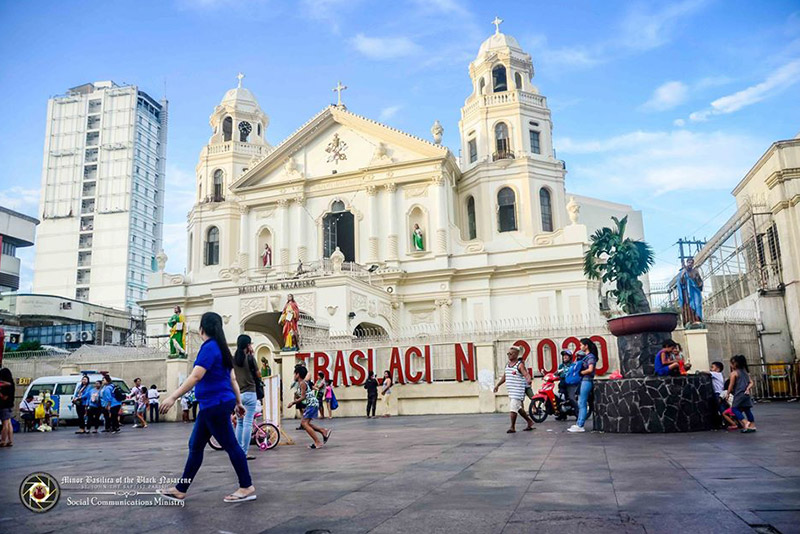 IMAGE from manila.gov.ph
IMAGE from manila.gov.ph
Canonically known as Parish of Saint John the Baptist, Quiapo Church, is one of the oldest and most popular Catholic Churches in Manila. It houses the Black Nazarene, the life-sized statue of Jesus Christ kneeling and carrying a cross, which is said to be miraculous and is the reason why the church is visited by countless believers. Fridays are the busiest days, when thousands of people pile into the square and pray at the church for novena. Despite the large gatherings of church devotees, this is one of the top attractions in the city. Take time to see the inside of the church, and stroll through the stands outside to buy fresh food or religious trinkets from local vendors.
Chinese Cemetery
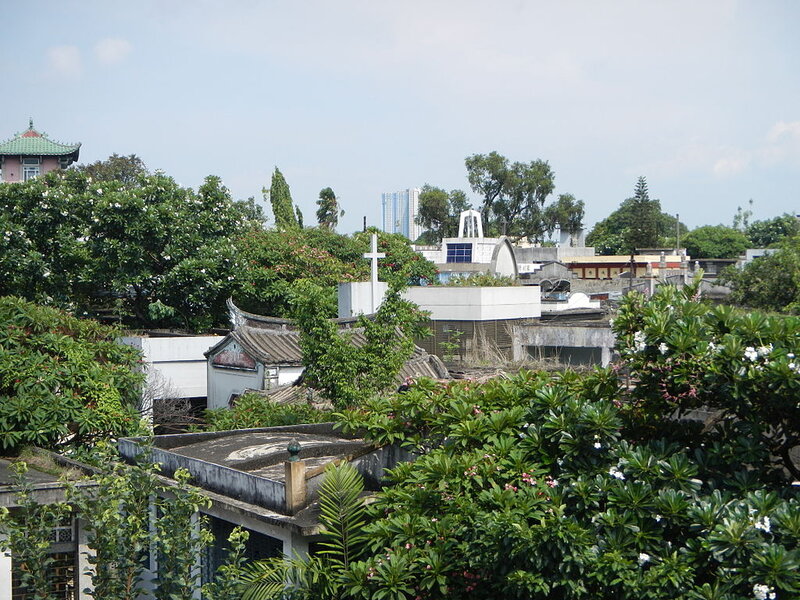 IMAGE from Wikipedia
IMAGE from Wikipedia
Built in 1843 when the Governor General authorized the Chinese to establish a cemetery in La Loma, the Manila Chinese Cemetery was the final resting place of wealthy Tsinoys (Filipino-Chinese) who were refused burial in the traditional Catholic cemeteries during the Spanish colonial period. Here, you’ll also find various landmarks such as the Chong Hock Tong Temple, the oldest Chinese temple in Manila; the Martyrs Hall which was built to honor the Chinese who were executed by Japanese soldiers during World War II; and the Ruby Tower Memorial which is dedicated to the victims of the 1968 Casiguran earthquake.
Also read: 11 must-visit tourist spots and historical sites in Manila






